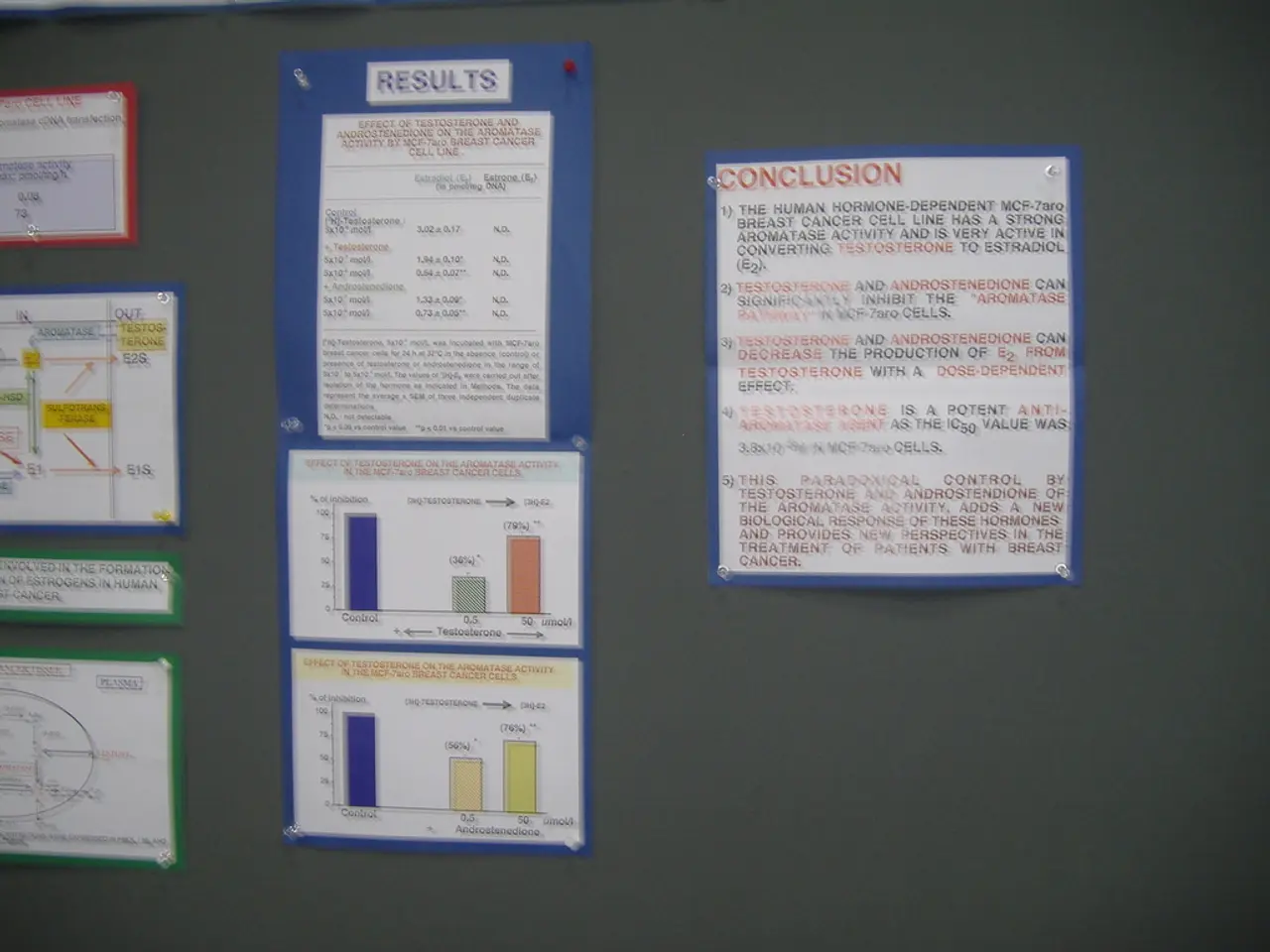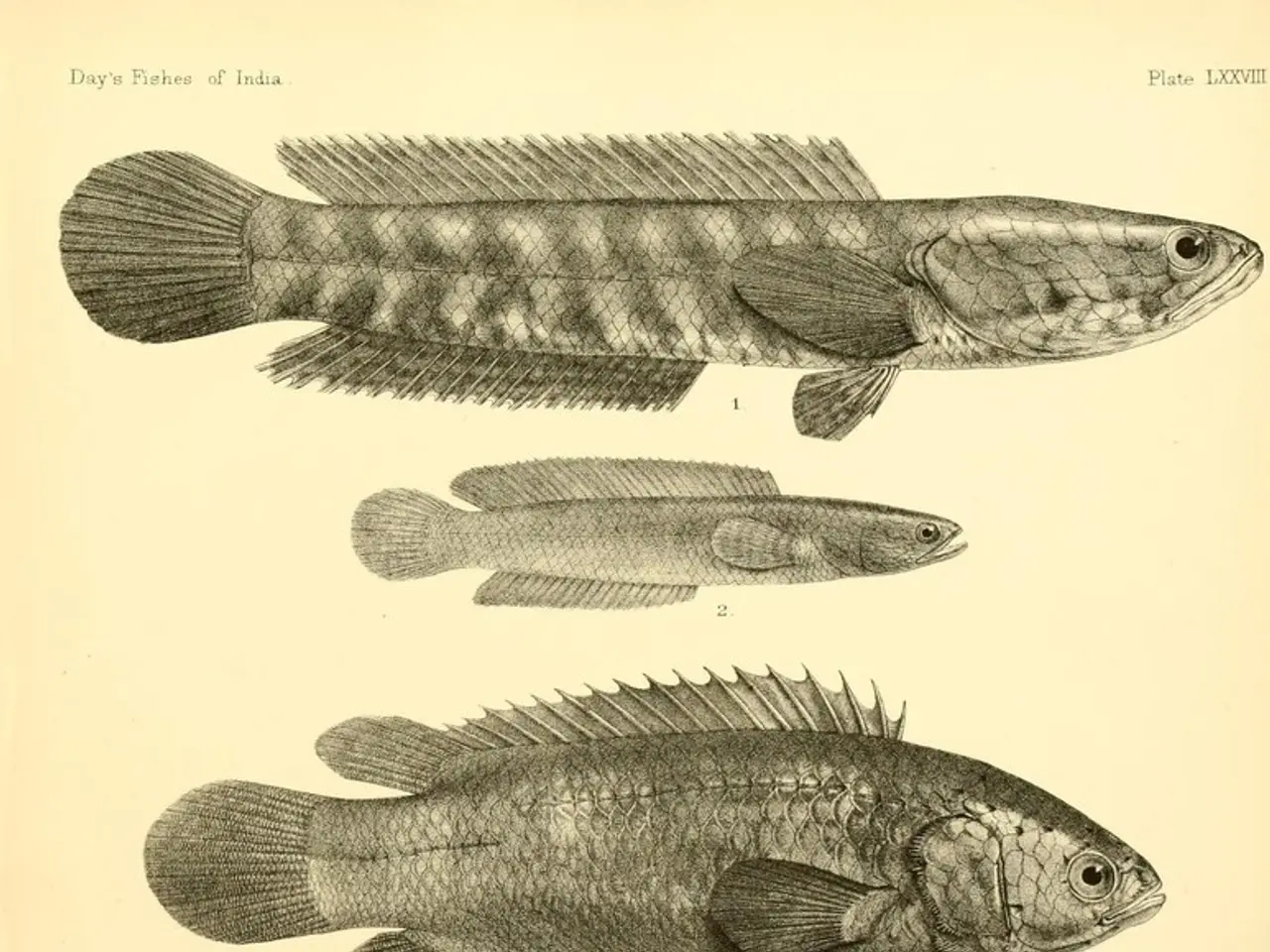Overcoming Depression with Hyperbaric Oxygen Therapy: An Emerging Treatment Option
Depression, a widespread mental health condition affecting millions worldwide, is characterized by persistent feelings of sadness, loss of interest, and a range of emotional and physical symptoms. Despite traditional treatments such as medication and psychotherapy, some patients find limited success, prompting a search for alternative solutions. One promising approach is hyperbaric oxygen therapy (HBOT), an innovative treatment that offers new hope for depression sufferers.
A Closer Look at Depression and Conventional Treatments
Depression is a complex mental illness that can significantly impact daily life, often leaving individuals feeling hopeless. Approximately 280 million people globally are affected by depression, leading to profound interference with work, relationships, and overall quality of life. Typical symptoms include persistent sadness, loss of interest in activities, changes in appetite and weight, sleep disturbances, fatigue, difficulty concentrating, feelings of worthlessness or guilt, and thoughts of death or suicide.
Conventional treatments for depression typically involve a combination of medication (such as antidepressants) and psychotherapy (such as cognitive-behavioral therapy). While these methods can be effective for many individuals, they may not cater to the unique needs of every patient, as some experience side effects from medications or find traditional treatments insufficient. As a result, there is growing interest in exploring alternative methods for depression treatment, including natural approaches.
The Science Behind Hyperbaric Oxygen Therapy
Hyperbaric oxygen therapy (HBOT) is a medical treatment that involves the inhalation of pure oxygen in a pressurized environment, allowing the body to absorb significantly more oxygen than under normal atmospheric conditions. By increasing oxygen delivery to tissues, including the brain, HBOT can influence brain function and support neuroplasticity, potentially alleviating depression symptoms.
Research has shown that HBOT can boost cerebral blood flow and oxygenation, stimulate the growth of new blood vessels, enhance neurotransmitter production, and reduce inflammation and oxidative stress, all of which may contribute to improved brain health and depression symptom relief. Several studies have supported the efficacy of HBOT in mental health treatment, demonstrating promising results in reducing depressive symptoms and improving cognitive function.
Treating Depression with Hyperbaric Chambers
A typical HBOT session for depression takes place in a hyperbaric chamber, either single-person or multi-person units. During treatment, patients breathe pure oxygen while the atmospheric pressure is gradually increased to two to three times normal levels.
Patients can expect a comfortable, controlled environment during their session, with opportunities to relax, read, or listen to music. A minor pressure sensation in the ears, similar to flying, may occur. Sessions typically last 60-90 minutes, depending on individual needs and treatment response.
While the optimal course of treatment can vary, a common approach might involve daily sessions for several weeks, followed by maintenance sessions as needed. Many patients report improvements in mood, energy levels, and overall well-being after undergoing hyperbaric oxygen therapy for depression.
Advantages of Oxygen Therapy for Depression
Hyperbaric oxygen therapy offers several potential benefits for individuals with depression:
- Improved mood and emotional well-being: HBOT may help regulate neurotransmitter levels, potentially leading to a more stable mood and reduced depressive symptoms.
- Enhanced cognitive function: Patients often report improved focus, mental clarity, and decision-making abilities following HBOT sessions.
- Increased energy and reduced fatigue: The increase in oxygen delivery throughout the body can lead to increased energy levels and reduced feelings of exhaustion.
- Potential for fewer side effects: Compared to traditional antidepressant medications, HBOT may offer a lower risk of adverse effects for some individuals.
While HBOT shows promise, it may not be suitable as a standalone treatment for all cases of depression. Combining HBOT with other therapies, such as biofeedback or virtual reality, may yield optimal results for some patients.
Considerations and Limitations of HBOT for Depression
While hyperbaric oxygen therapy offers exciting possibilities for depression treatment, it's essential to consider its potential side effects, risks, cost, accessibility, and the need for combining it with other therapies.
It's crucial for individuals considering HBOT for depression to consult with healthcare professionals to determine the suitability of this treatment for their specific situation. Collaborating with mental health experts will help in developing a comprehensive treatment plan and ensuring optimal outcomes.
The Future of Hyperbaric Oxygen Therapy in Mental Health Treatment
Ongoing research is shedding light on the potential applications and refining treatment protocols for hyperbaric oxygen therapy in mental health treatment. As our understanding of depression and its underlying mechanisms continues to evolve, innovative approaches like HBOT may play a crucial role in helping individuals find relief from depressive symptoms.
In conclusion, hyperbaric oxygen therapy is an emerging alternative treatment for depression, offering the potential for improved mood regulation, cognitive function, and overall well-being. Working closely with healthcare professionals is essential for individuals considering HBOT as part of their mental health treatment plan. The future outlook for HBOT in mental health treatment is encouraging, with continued research opening up new avenues for innovative solutions for depression and improving the lives of millions affected by this challenging condition.
- Neuroscience research indicates that hyperbaric oxygen therapy (HBOT) may alleviate depression symptoms by boosting cerebral blood flow, enhancing neurotransmitter production, and reducing inflammation and oxidative stress.
- The mental health field is exploring the potential benefits of HBOT in combination with other therapies, such as biofeedback and virtual reality, to optimize treatment outcomes for depression.
- A typical HBOT session for depression involves breathing pure oxygen in a pressurized chamber, aiming to increase oxygen delivery to the brain, potentially leading to improved mental health.
- Some patients may find traditional depression treatments, such as medication and psychotherapy, insufficient or accompanied by unwanted side effects, making alternative approaches like HBOT more appealing.
- As the scientific community continues to study HBOT's potential in mental health treatment, healthcare professionals are collaborating to develop evidence-based protocols for depressive symptom relief, offering new hope for those struggling with this widespread condition.






